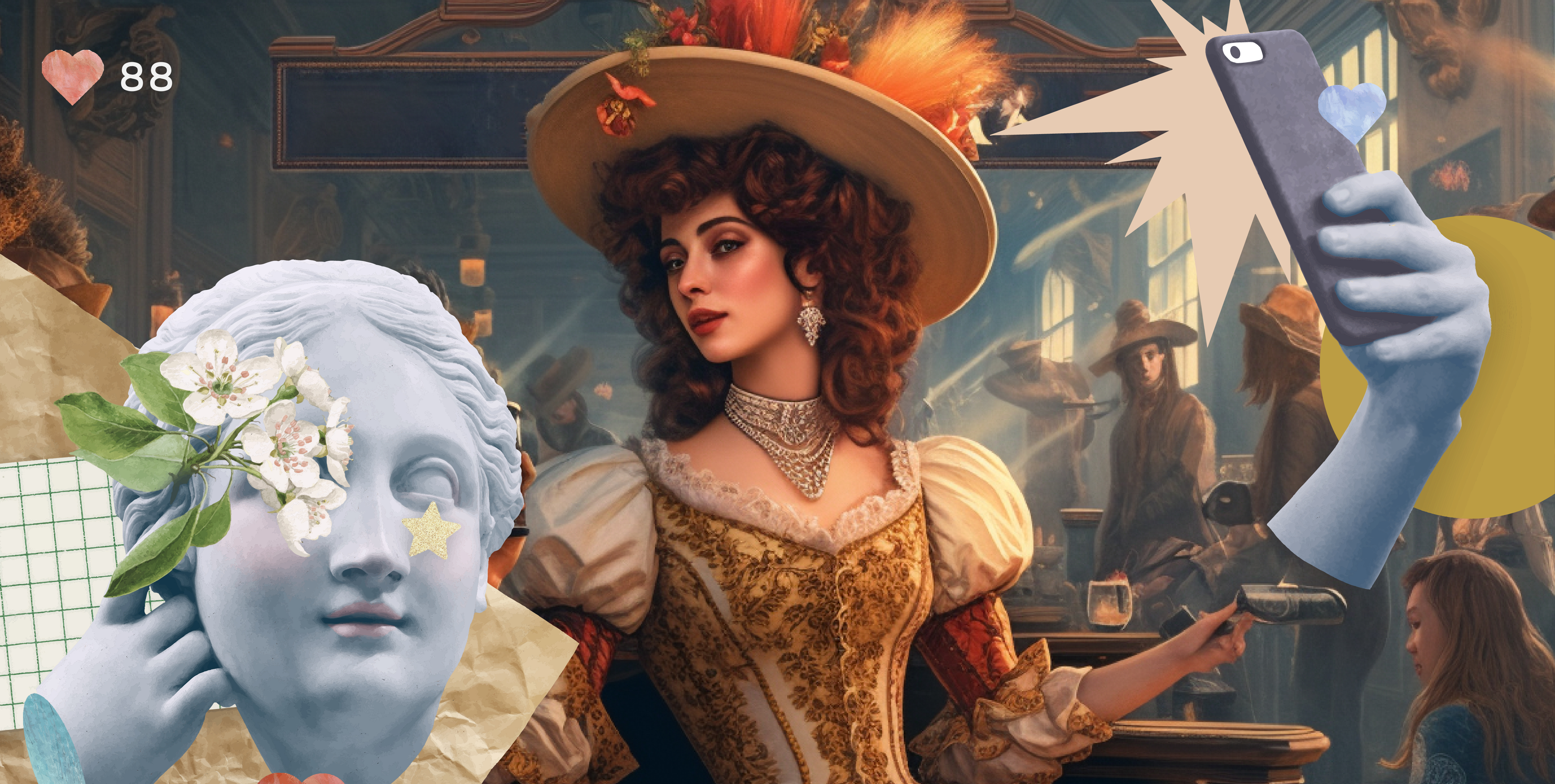The concept of influencer marketing may have emerged in recent years after the catapulting launch of platforms like Instagram and TikTok and the era of social media fame, but it is not the newest trend on the block. The idea of leveraging popularity and celebrity-status to promote a product or service has long been around the digital and advertising realm, with the rise of social media platforms simply turning influencer marketing into an extraordinary phenomenon that has transformed how brands approach their marketing strategies and objectives.
Influencer marketing has taken a life of its own nowadays, as the ‘thing’ to go for and go after. But, there’s great history attached to it that may just surprise you how everything began way before people started posting selfies and scrolling through their social feeds on the daily.
1882: Lillie Langtry & Pear Soap
It all began with how endorsements by well-known figures would add credibility to a certain product or service, thus increasing sales and raising brand awareness in the eyes of the public, who would show a biased preference towards something that was advertised by someone they felt familiar with. Lillie Langtry was a popular actress and producer of her time and was the first to openly endorse a product in an advertisement; a concept which has now been introduced into the world of social media, with brands using micro-influencers, instead of celebrities, at a fraction of the cost to do the same job.
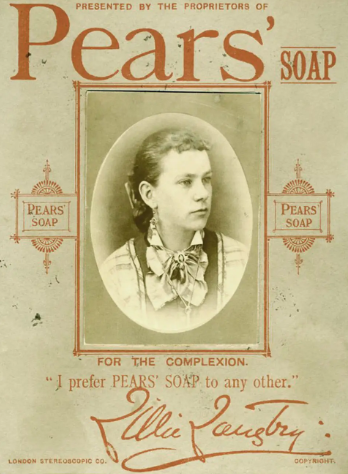
Endorsements and partnerships such as those of Michael Jordan with Nike, Beyonce with Pepsi and George Clooney with Nespresso have left a mark in the marketing world. Each has gained immense traction and exposure to younger and more diverse audiences and have proved that assigning a well-recognisable face to your brand can cement your place amongst the competition. Because who wouldn’t want to wear a sneaker that MJ approves of or sip on their morning coffee just like the timeless heartthrob?
1890: Nancy Green & Aunt Jemima
R.T. Davis Milling Company, during an ever-changing time in American history, hired Nancy Green, a formerly enslaved African-American woman, to be the face of their pancake mix, Aunt Jemima. Green instantly captured the entire identity of the brand, as the first to be a living trademark and a household name for more than a century.
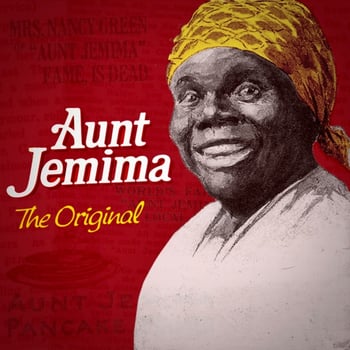
1905: Fatty Arbuckle & Murad Cigarettes
Roscoe ‘Fatty’ Arbuckle, an American silent film actor and comedian, was another milestone moment in celebrity influencer marketing history. Although legend has it that Murad, a Turkish cigarette brand, wanted Arbuckle to smoke their cigarettes on stage as part of their deal, Murad refused as he did not want to get a cough and disrupt his voice while performing, but did agree to participate in print advertising.
1931: Santa Claus & Coca Cola
If it wasn’t for Coca Cola, would we even know what Santa looks like? And is there a more trusted spokesperson, than a jolly, white-bearded, heart-warming grandfather-vibes Santa Claus to promote your brand? Coke stepped into the influencer marketing front by creating history.
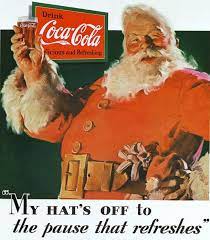
1950: The Marlboro Man Era
The Marlboro Man was the epitome of advertising in the 1950s. A rugged, masculine, mysterious figure with a sturdy moustache became the inspiration for a whole generation of men looking to achieve that level of coolness and confidence, which by default they associated with smoking Marlboro cigarettes.
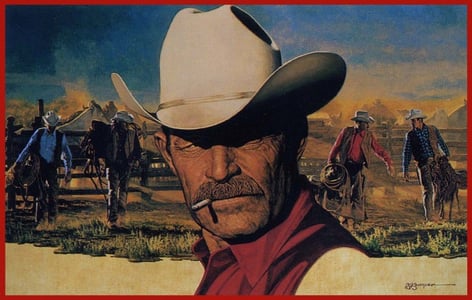
2010: The Old Spice Man Era
When Old Spice was considered an ‘old man’s brand’ and was lacking behind its competitors, they turned their influencer marketing game on its head with their ‘The Man Your Man Could Smell Like’ campaign, starring the former American footballer and actor Isaiah Mustafa. With humour and relatability at its core, the campaign grabbed the attention of the younger generation, became viral, and now is undeniably considered a classic. Old Spice’s sales doubled, their website traffic increased by 300% and was an instant game-changer in the world of influencer marketing.
2015: Reality TV & A New Wave of Influencers
Keeping up with all the reality shows and the massive stars that seem to emerge from them every single time has slowly, but surely become a daily task in the digital marketing world. From global extravaganzas like the Kardashians and Jersey Shore to more niche personalities like the Real Housewives, reality stardom has undoubtedly shown the great influence it can have on brands’ awareness and sales.
The steep surfacing of social media has completely changed the game of influencer marketing, and how brands interact and engage with their audiences, as well as what the expectations are from users who are constantly looking for that ‘it’ factor. As anyone could now create content online and share their life with the entire world, so did a new generation of internet stars with great followings, who could have great influence over the marketing of a brand online.
Take Chiara Ferragni as a prime example. She started her own fashion blog called ‘The Blonde Salad’ back in 2009, as many online users were doing at the time, and through an excellent exploitation of social media, she always managed to stay ahead of the curve and now, with numerous brands to her name and partnerships to her resume, she was named one of Forbes’ top influencers in 2017, as she continues to be one of the most powerful online figures.
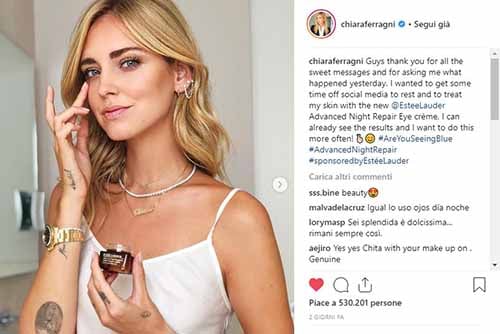
As the long history of influencer marketing transitioned into the digital world of social media, with online influencers emerging all the time, sponsored content was the next best practice. In the early days, influencers would share their thoughts on certain products they received from brands as organic, unpaid content, which offered a more authentic and genuine touch to audiences, who were inclined to trust them than traditional in-your-face advertising.
However, the more popular and conventional influencer marketing became online, it led to the rise of sponsored content, as brands started offering compensation to influencers for the promotion of their products, which may mean that their potential is only just being uncovered.
And there is no ending in sight. Influencer marketing is already a multi-billion dollar industry, with a study from Yahoo projecting a worth of nearly $70 billion dollars by 2029. As micro-influencers are constantly on the rise on both Instagram and TikTok, who knows how that will progress and expand as we await for the sudden burst of the next social media phenomenon or the new trend in the long history of influencer marketing.
Source: https://neoreach.com/history-of-influencer-marketing/
